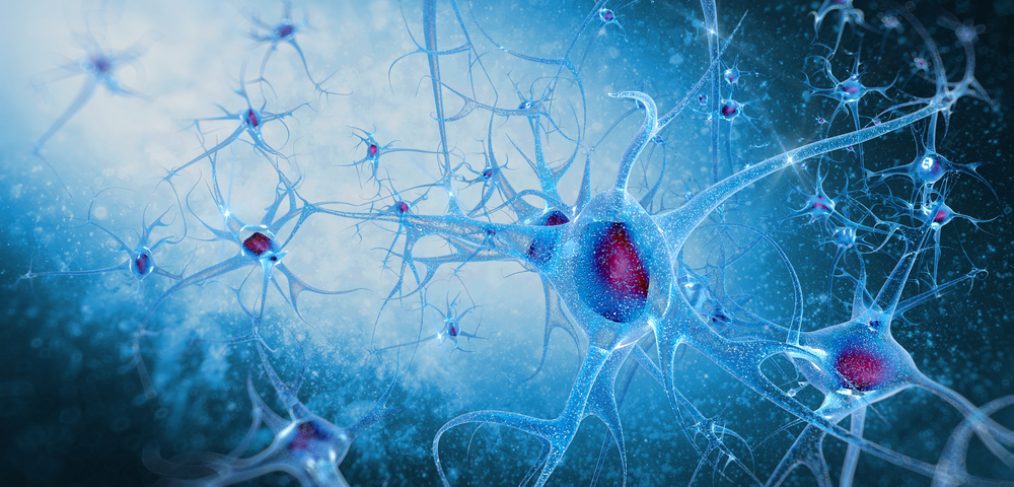The treatment and management of diseases and conditions is one of the most heavily studied areas of science. New discoveries are made every day, some of which have the power to transform medical practices. A recent study by molecular and cellular biologists indicates that the way in which personalized medicine is practiced may truly transform. Scientists have been able to use gene insertion to transform one type of cell into another type of cell. Adding genes into the original cells is a highly intricate process that involves a significant time investment. Additionally, when using gene insertion to transform cells, there is the possibility one of the genes meant for insertion could end up on a chromosome and activate a cancer-causing gene. New studies published online by Cell Stem Cell states that scientists have successfully transformed skin cells into neurons without the use of gene insertion.
The Study
The studies published online by Cell Stem Cell assert that scientists have been able to transform one type of cell into another type of cell with a less invasive and time consuming process. The new transforming technique involves the addition of a specific set of chemicals to the cells. Gang Pei, a co-author of one of the studies and a biochemist at the Shanghai Institutes for Biological Sciences in China explains that the crucial element in this new way of transforming cells is the use of small molecule chemicals. These small molecule chemicals go into the cell and enter the nucleus of the cell, the part that contains DNA. From here, the small molecule chemicals are able to alter the activity of a gene. Pei, and the team he led, spent enormous amounts of time researching the exact chemical concoction that can transform cells; in the study they transformed skin cells into neurons. The specific group of chemicals used by Pei and his team are labeled VCRFSGY and these chemicals work in stages. VCRF, the first four chemicals, begin the process by altering physical traits on a gene known as Tuj1 (a gene that is specifically active in neurons). Without the last three chemicals, the altered cell exists in an ambiguous state being neither a skin cell nor a neuron. The SGY chemicals amplify the neurological development that VCRF initiated which results in cells that looked, and acted like, neurons.In a second study, researchers in China were able to achieve the same results in mice using different chemicals.
Why it Matters
With two separate studies, and two sets of chemicals, producing the same results, molecular and cell biologists believe that this process could compete with gene insertion in order to reprogram and transform cells. They believe that the process of using small molecule chemicals will especially benefit the field of personalized medicine. These study is exciting because with these processes, a patient’s own cells can be used to treat illnesses and other conditions. Pei’s team was able to transform skin cells from an Alzheimer’s patient into neurons that exhibited markers of Alzheimer’s disease. With this process, researchers would be able to safely and accurately research the disease and perform drug tests on the transformed cells without endangering the patient.
These studies indicate that medical research and development continues to reach new and exciting heights constantly, which provides the scientific community with hope that disease study will advance to the point where cures are possible. These studies are just the beginning of the powers of cell-transforming technology and only time will tell what will be possible in the future.




